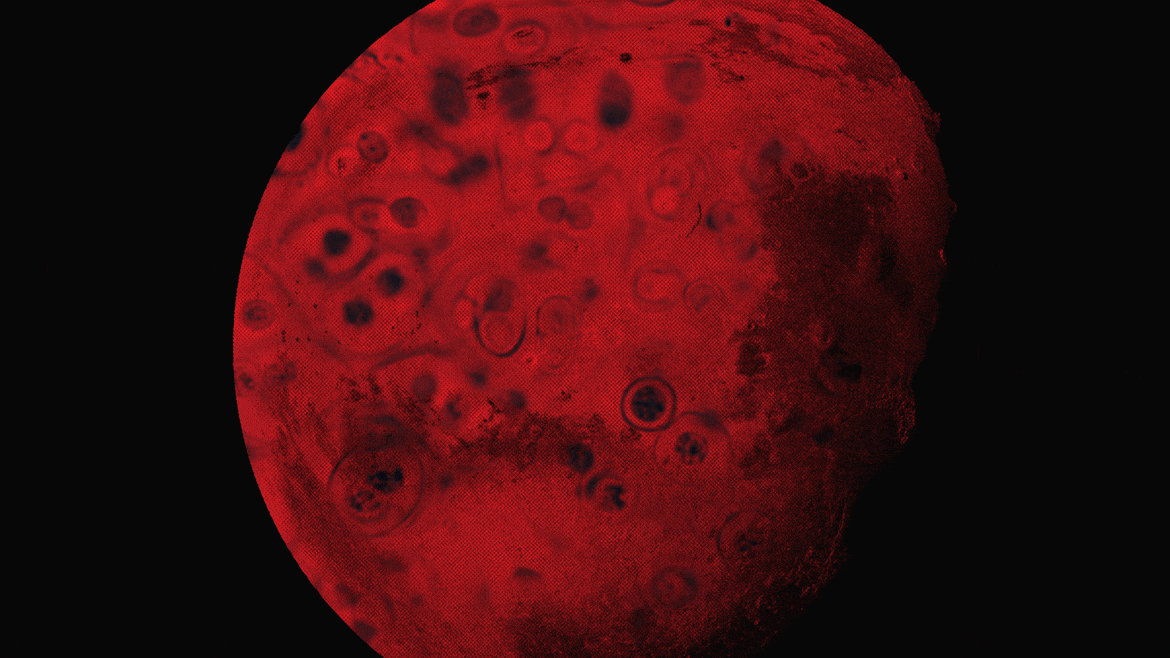Living Methane-Making Microbes "Very Likely" Survived on Early Mars

Martian life has never felt closer. Since it landed on the Jezero Crater last February, NASA’s Perseverance Rover has been scouring Mars’ surface for ancient life and sampling rock and soil that it will eventually take back to Earth. Scientists believe the crater was once flooded with water, potentially providing habitable conditions for microscopic life forms—and new research suggests that the early Martian atmosphere might be right, too.
The study, published on Monday in Nature Astronomy, explores the likelihood that hydrogen-eating, methane-pooping organisms lived on and under Mars’ surface in a time known as the Noachian period, which took place from 4.1 to 3.7 billion years ago. During this age, the planet was regularly pummeled by asteroids and comets that created craters. These features may have then filled with liquid water as the planet warmed.
In the study, researchers from France modeled how ice covering the surface Mars would have melted to accommodate methane-producing microorganisms, which in turn would have lowered the atmospheric temperature and pushed these microbes underground. But what temperature, hydrogen availability, and ultimately conditions suitable for life depend on, the researchers found, was the freezing point of the surface ice.
NASA’s Perseverance Rover Is Closer Than Ever to Finding Ancient Alien Life on Mars
Martian ice wasn’t entirely water, but rather a mix of salts and other minerals in unknown concentrations. These additions affect the point at which the ice would have frozen—a higher freezing point would have meant fewer areas for life, and a lower one would have meant more.
“We find that subsurface habitability was very likely, and limited mainly by the extent of surface ice coverage,” the authors wrote in the study.
In particular, high freezing points would have allowed for a select few spots to melt: Hellas Planitia, Isidis Planitia, and the Jezero Crater, which Perseverance is searching. Signs of early life may be present near the surface of Mars in these places, a finding which may direct the ongoing and planned searches for life.
Got a tip? Send it to The Daily Beast here
Get the Daily Beast's biggest scoops and scandals delivered right to your inbox. Sign up now.
Stay informed and gain unlimited access to the Daily Beast's unmatched reporting. Subscribe now.

